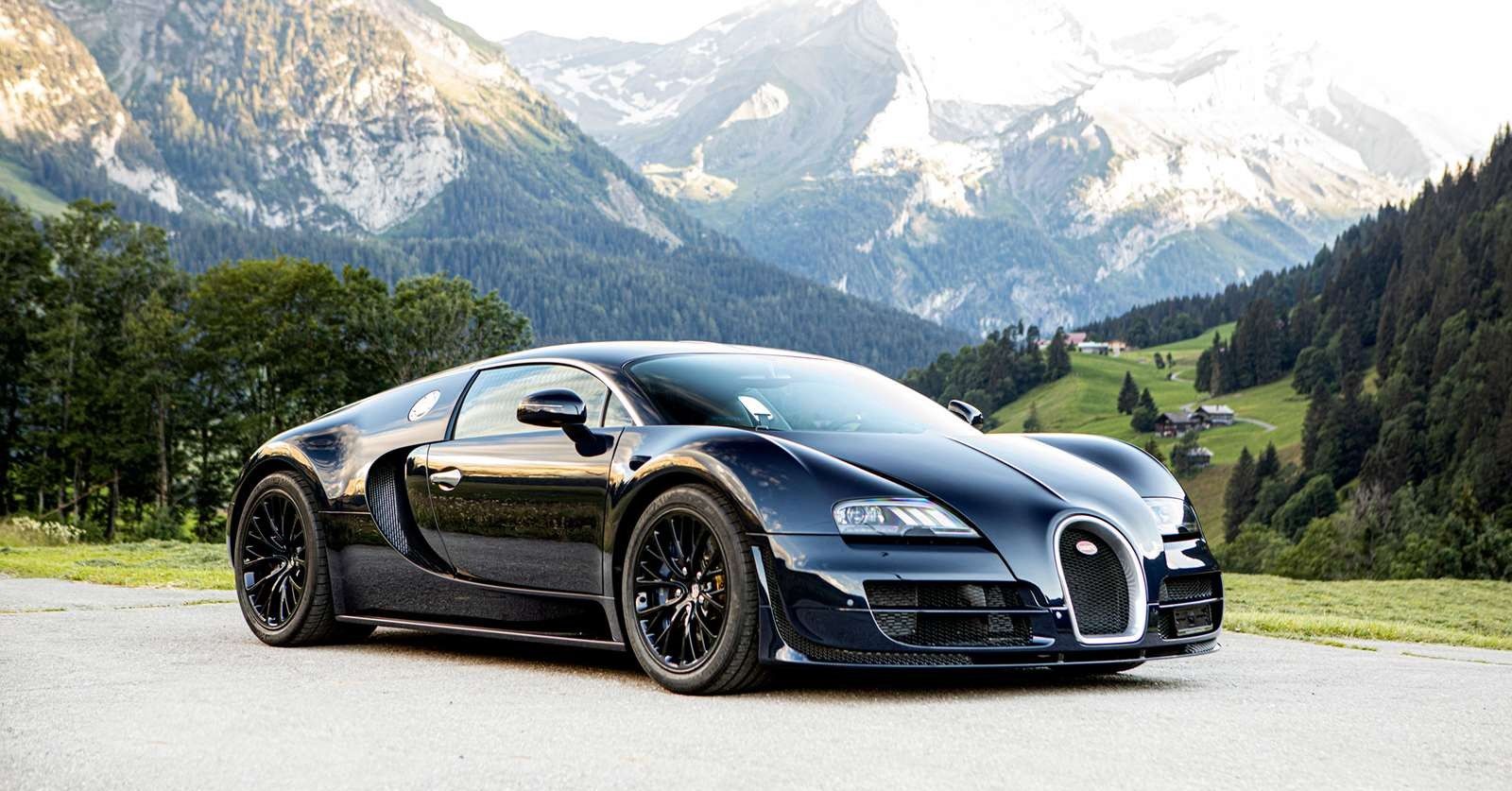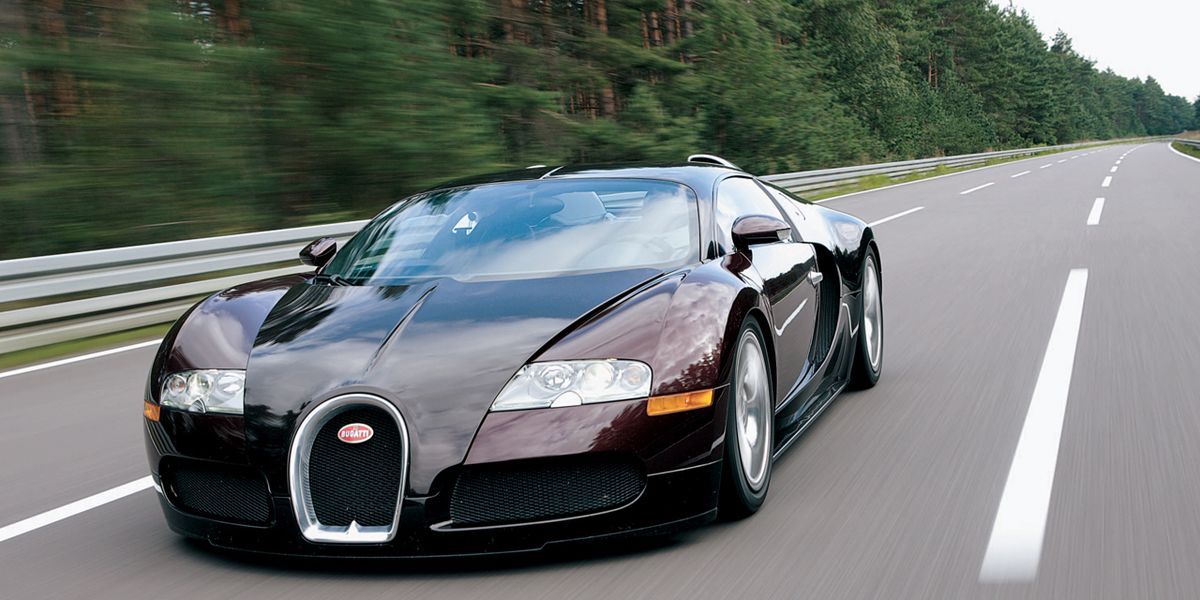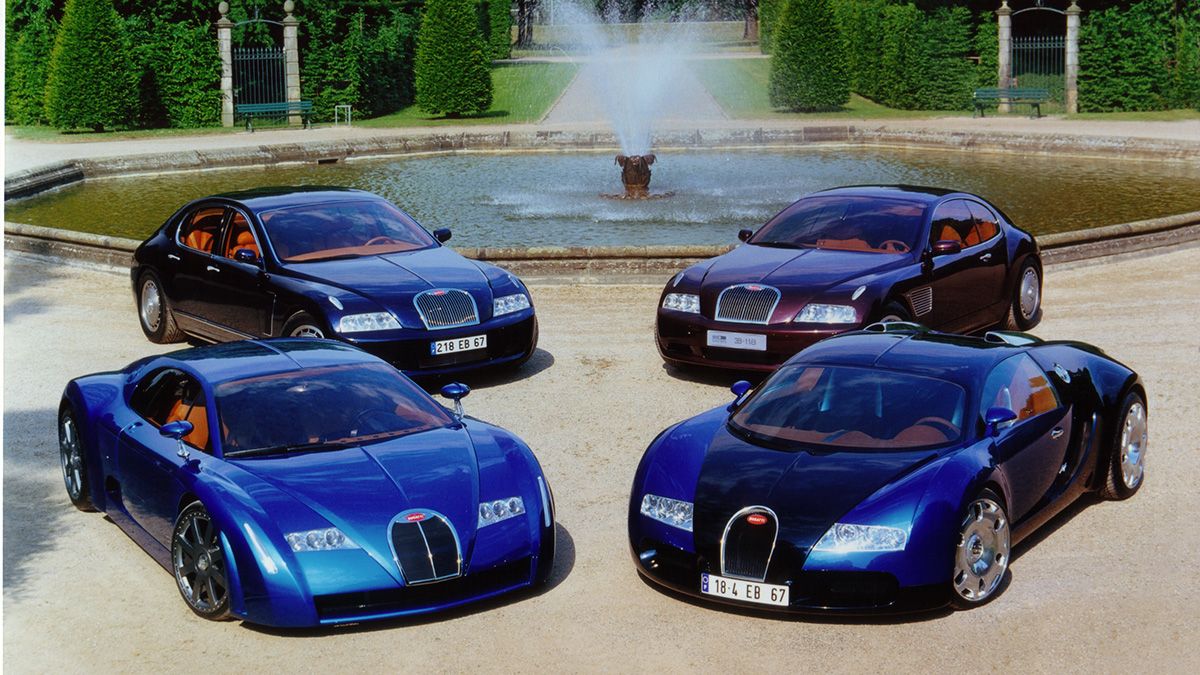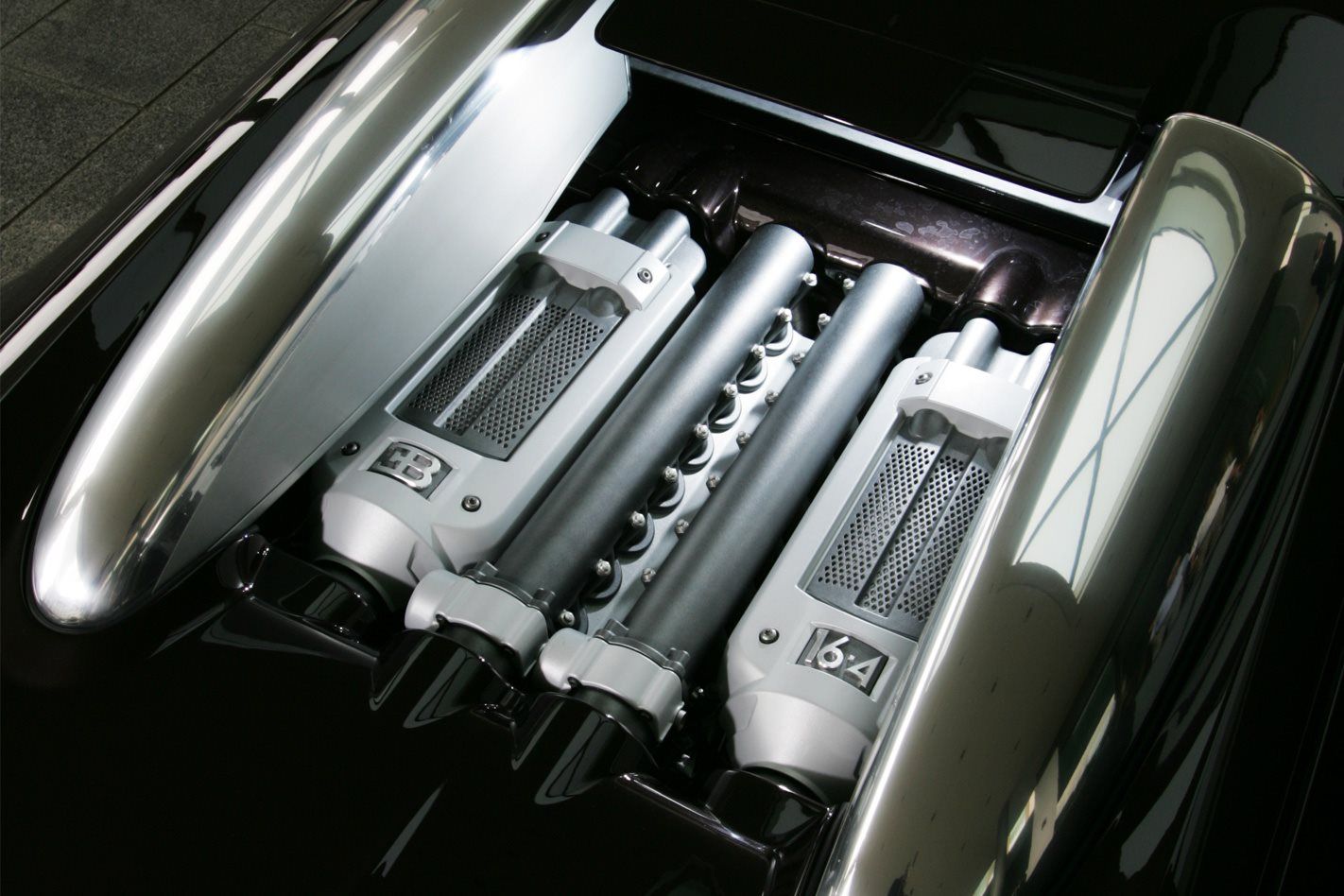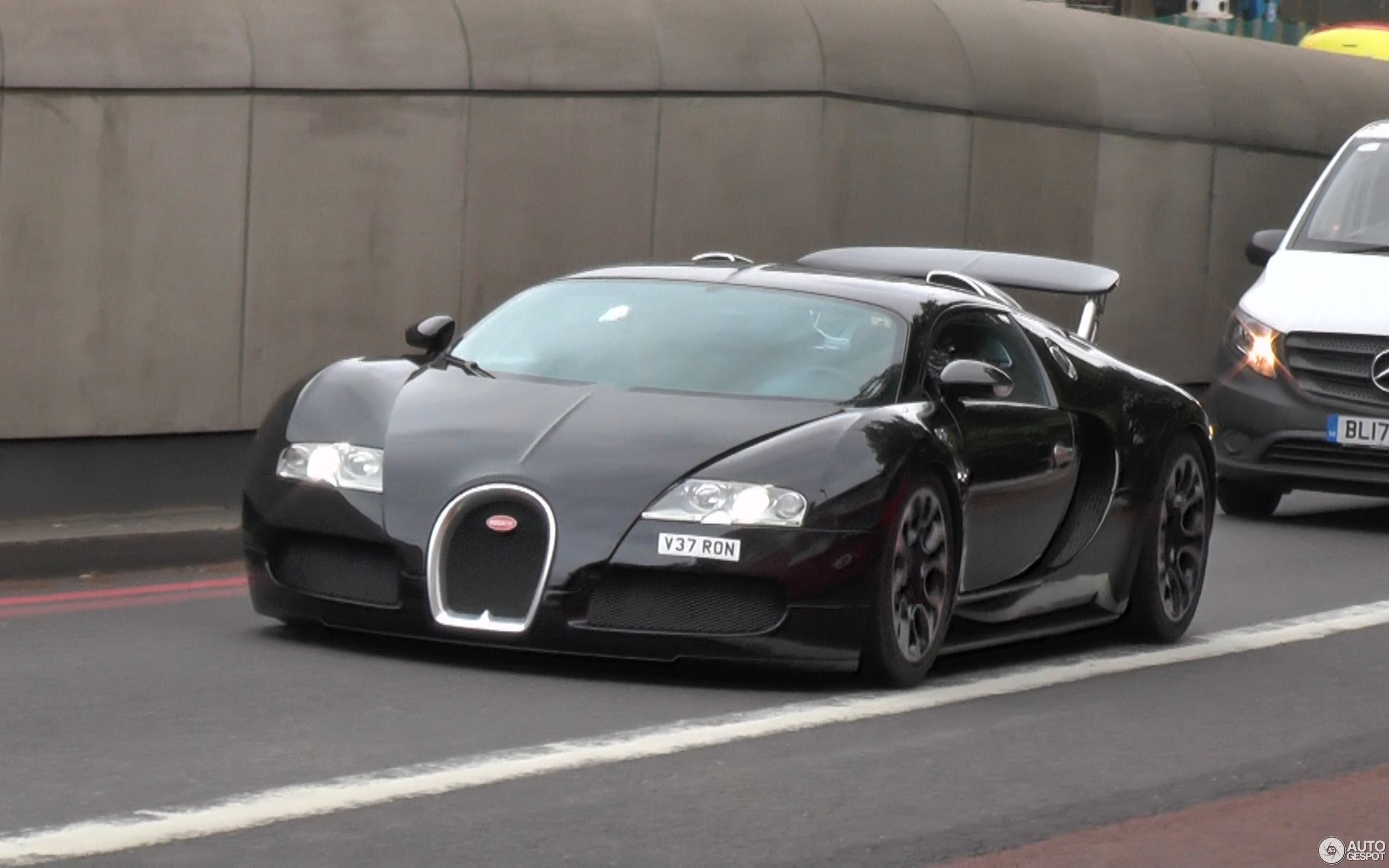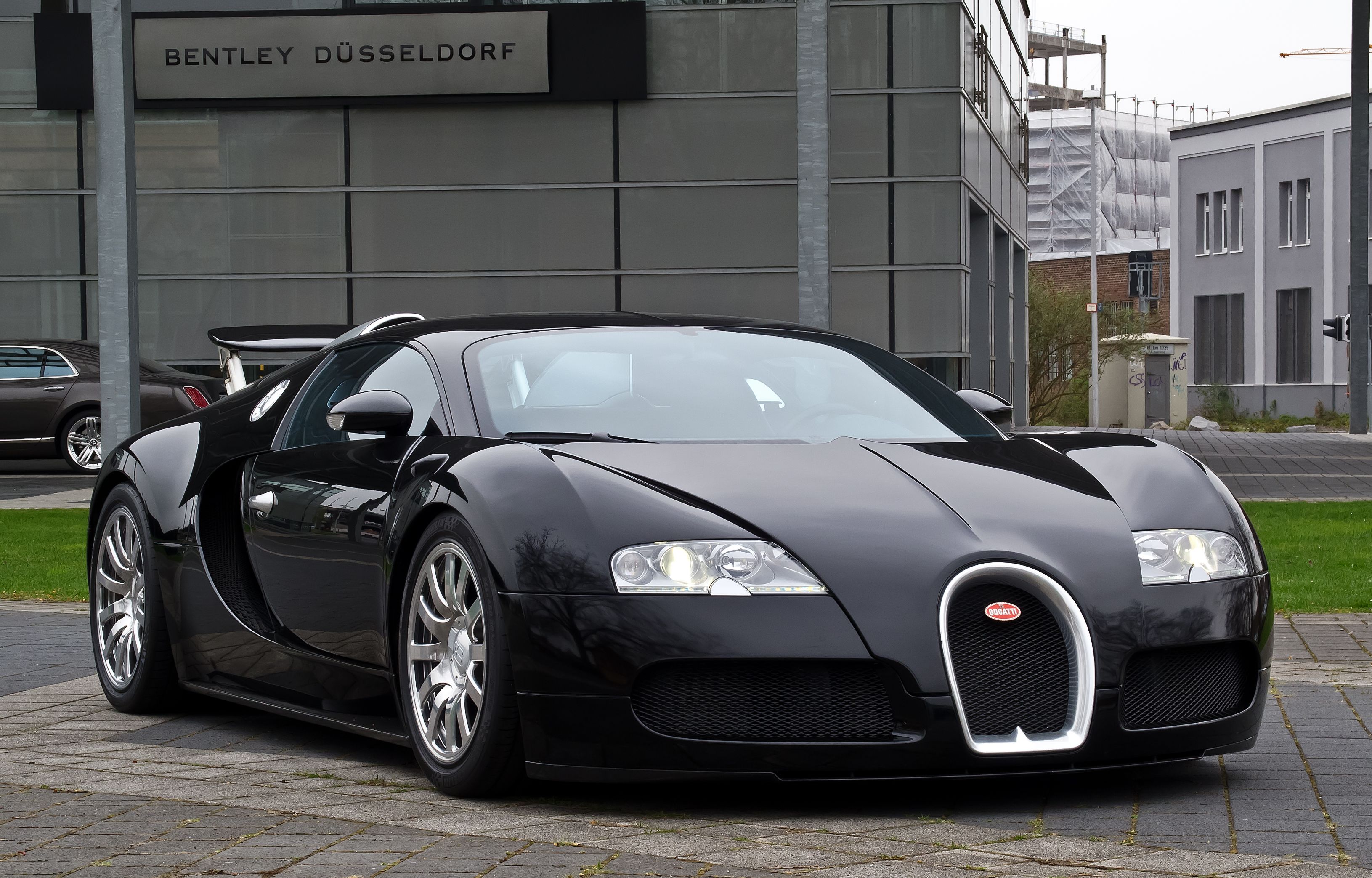The automotive industry’s association with fast-moving technology is something appreciable. In today’s age of technological advancements, it’s relatively easy to bring out a thousand-plus horsepower machine. Heck, the Dodge Demon puts around 840-horsepower which goes to show how much we have achieved over the past few years.
Things we not as easy as it is today when Bugatti revealed their plans to build a 1000 horsepower supercar. When Volkswagen decided to start production of the car back in 2001, it was received well. However, with the delay speculators and critics started bashing Bugatti with some even claiming the whole exercise was just a publicity stunt.
Lo and behold, the Bugatti Veyron was launched in 2005 as a million-dollar hypercar (a term that was non-existent back then) with 1001 PS (987 HP) and shut the mouths of all those who criticized and even left a few gobsmacked.
We’ll go as far as to say the Bugatti Veyron was the coolest car of the 2000s. It’s been 15 years since Bugatti introduced the OG hypercar and we decided to go over some of the quirks and features of the million-dollar Veyron 16.4.
A Bit Of History
It all started back when Bugatti was up for sale and Volkswagen AG decided to dump a huge lump of money and acquire it. Upon the acquisition of a premier auto brand, Volkswagen released a series of concept cars which ended up paving the way for the Veyron 16.4.
Initially, VW planned to stuff in a W18 engine which was phased out citing production complications and resorted to a W16 instead. Make no mistake, a 16-cylinder engine is not a casual sight especially in the early 2000s. Seeing as the idea wasn’t entirely preposterous, the W16 ended up being the powerhouse of what would become the Bugatti Veyron.
There’s an interesting story behind why they chose to name it the ‘Veyron’. The name Veyron was taken to honor Pierre Veyron, a Bugatti development engineer and company race driver who, with co-driver Jean-Pierre Wimille, won the 1939 24 Hours of Le Mans while piloting a Bugatti. When VW revealed the prequel to the actual car the name wasn’t exactly Bugatti Veyron, it was named the Veyron EB 16.4 wherein "EB" refers to Bugatti founder Ettore Bugatti and the "16.4" refers to the engine's 16 cylinders and quad-turbochargers.
The Engine Was A Marvelous Feat Of Engineering
The engine alone in a Bugatti Veyron or any Bugatti for that matter deserves to be on a mantlepiece. Aside from the incredibly complex engineering, the engine was exhibited in a way that wasn’t common to folks at the time. Of course, Ferrari and Lamborghini offered a glorious engine bay under the protection of a glass panel, however, Bugatti one-upped the Italians and offered the engine as it is. Yes, the engine was exposed but not as you’d expect, the way they presented the engine was extraordinary and is still practiced even today with its successor, the Chiron.
The 8.0-liter W16 quad-turbocharged motor was a masterpiece from the folks at Bugatti. Not only was it incredibly complex, but they also managed to package the entirety of this monstrous engine inside a relatively small shell. Power figures were astounding as well, with the Veyron 16.4 pumping 987 horsepower and 922 lb-ft of torque. Even today it’s something astounding, so imagine the hype or the reaction it received when the official figures were out.
The engineering marvel doesn’t end there, the Veyron rockets to 60 mph in 2.5 seconds, which is faster than a Mclaren 765 LT that’s recently launched. Moreover, while it’s doing 253 mph (which it can as per the Guinness book of records) gobbles the entirety of its 26.4-gallon tank in 19 minutes. Whilst the Bugatti is covering 371 feet every second, 12 radiators are on full chap cooling down the massive engine. Fun fact, a Bugatti Veyron sucks in as much air in one minute as a normal person breathes in 4 days!
Servicing A Bugatti Veyron Isn’t Cheap
It’s not all sunshine and rainbows when it comes to owning a Bugatti Veyron. If you did manage to cough up the money, be prepared for the enormous service costs that you’ll have to endure with a Veyron. The car’s bespoke Michelin Pilots will set you back $38,000 a set regardless of whether you drive it or not. Yes, you heard that right, Bugatti advises owners to change tires after 3 years and the rims after 3 tire changes or 10,000 miles which would set you back approximately $50,000. Bugatti recommends changing all of the Veyron's fluids annually which costs $25,000, partially because of the 16 drain plugs involved. If you can’t locate fuel of 93 octane or higher, your dealer must detune the engine.
Replacing one of the two air coolers is $9,000 for parts and $2,000 in labor. Replacing one turbocharger costs $6,400, with $9,000 in labor to do two of its four turbos at once. As you can probably tell, the Veyron is not something even millionaires can afford. You at least should have a portfolio of over $100 million just to keep you from embarrassing yourself in front of the service folks. In a way, this makes the Bugatti Veyron a unique prospect and will go down in the history books as the first car to be called a hypercar.
Sources: Wikipedia, Bugatti, CNBC

